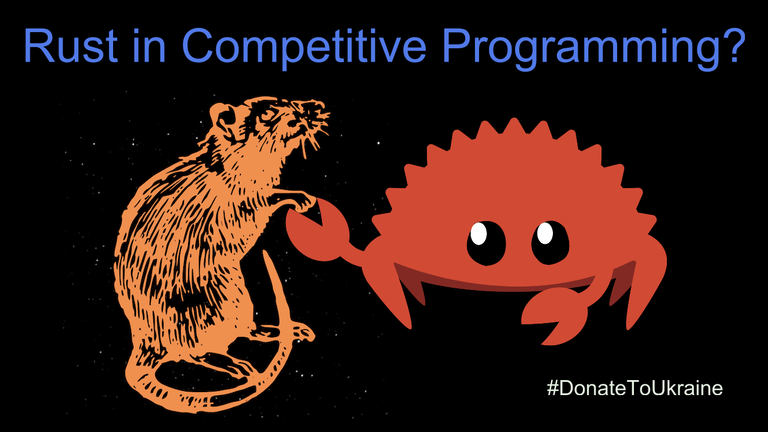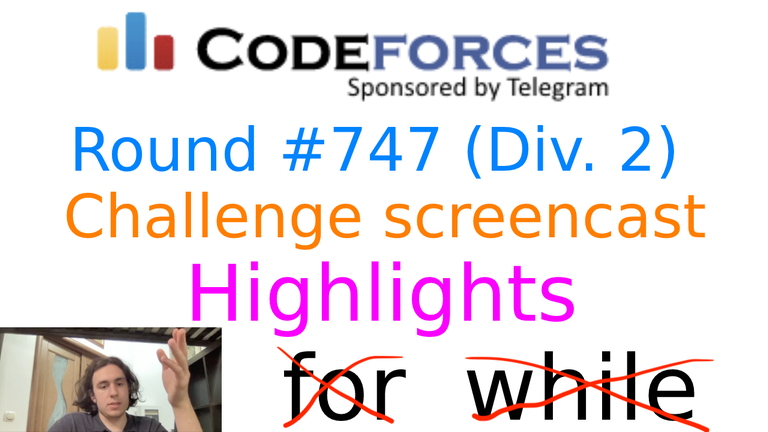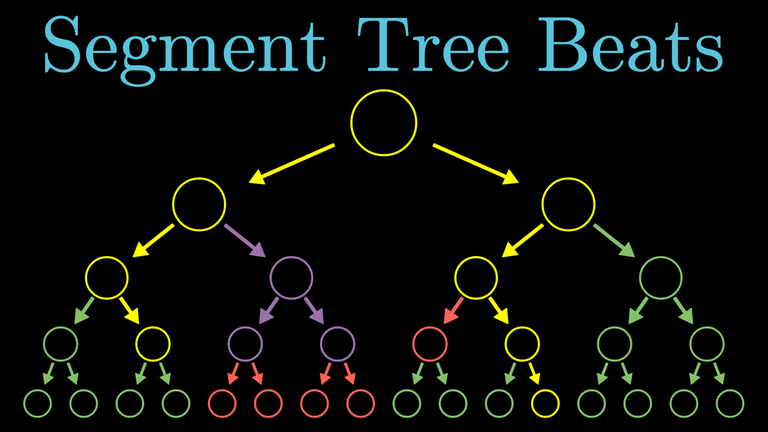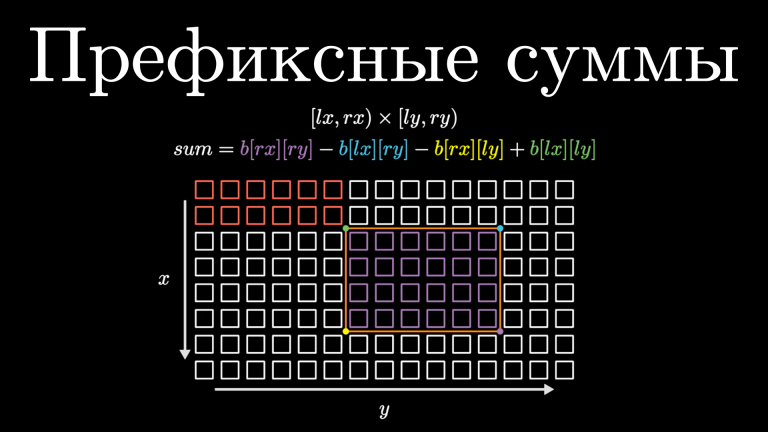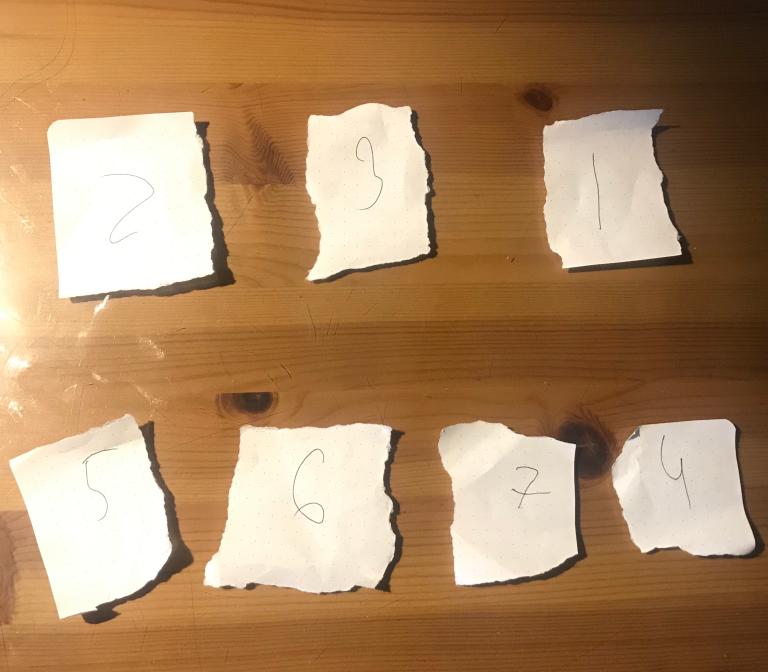I was waiting for somebody to post this, but I guess I am going to post it for history purposes. Here is the clip:
https://youtube.com/clip/UgkxjClduTG6kL6s3c8BFNNYdE1HVR2wGMxf?si=pFZCy3KapKbTLNCC
They cut it out pretty quickly in the broadcast, but let me tell you what we were seeing from the audience. The team of KNU is coming to the stage. They all have some kinds of pins on their T-shirts with Ukrainian flags. In the clip, you can see it if you pause and look closely. But they switch the camera away quickly. Then the team members and the coach go behind the big screens. Normally other teams go out on the stage pretty quickly, but here nothing is happening for like a minute. Then they walk onto the stage, with no pins anymore. I don't know what happened behind these screens, but it probably isn't hard to make an educated guess. For context: clip from EUC.









